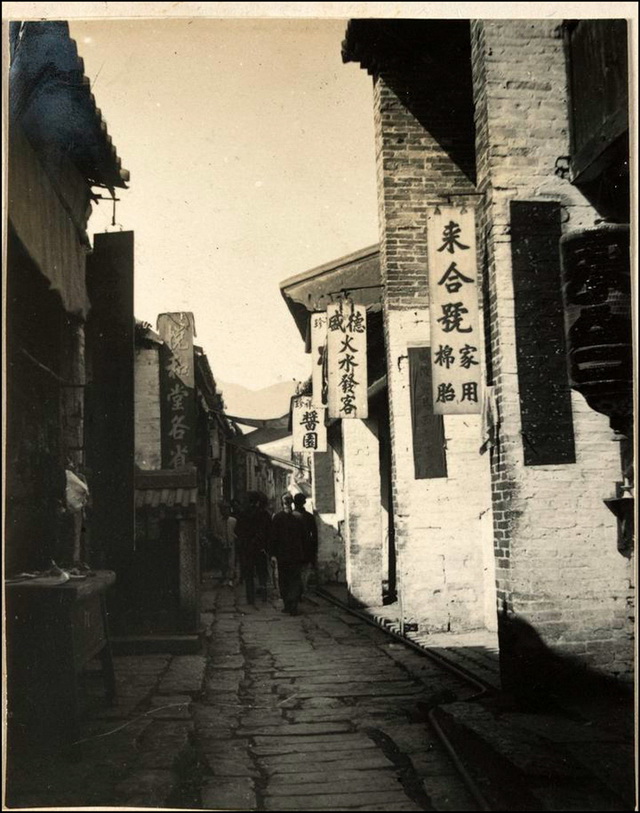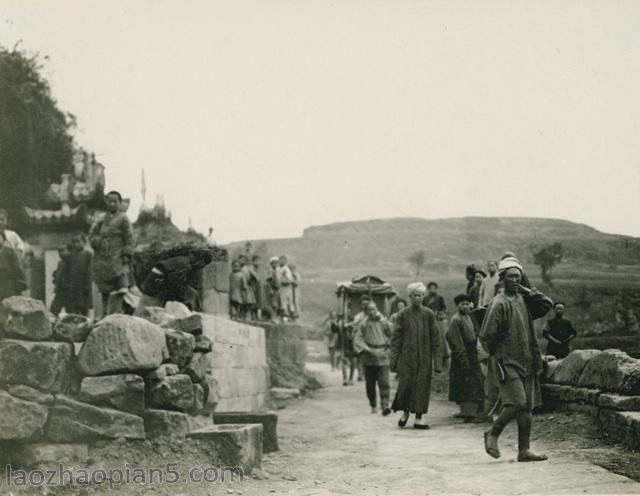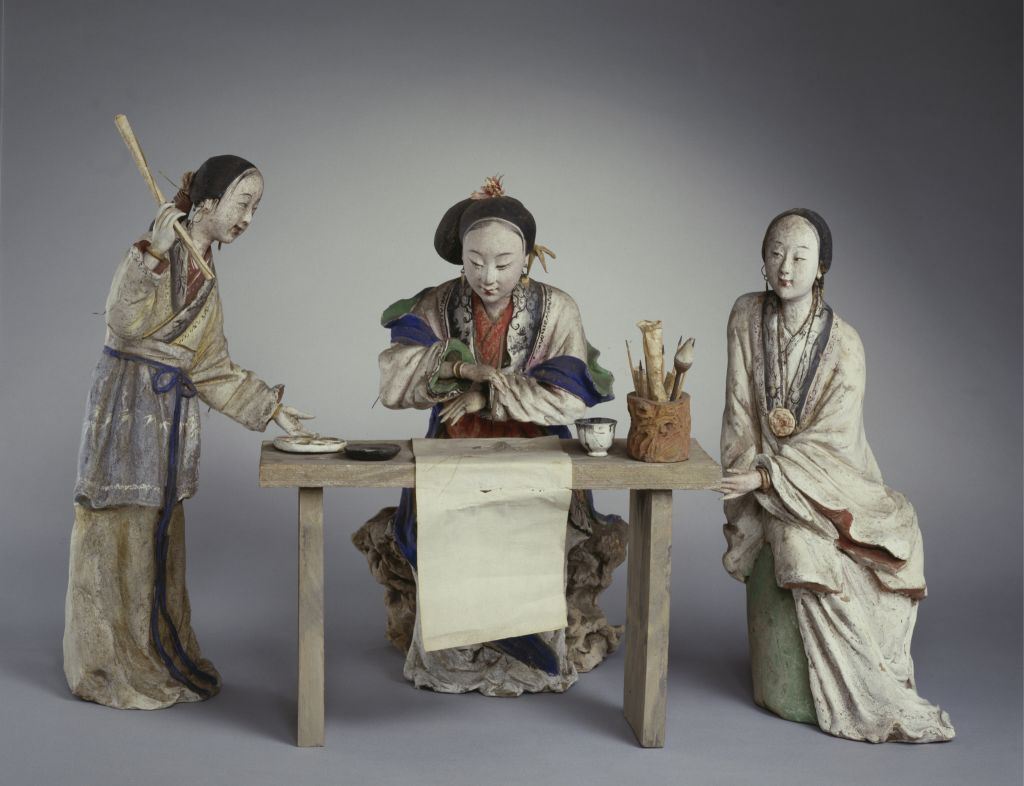[Wang Jian imitates the picture axis of the mountain color of Niyunlin Xiting]
The picture axis of the mountain color of Niyunlin Xiting imitates the picture axis of the mountain color of Niyunlin Xiting, Qing Dynasty, Wang Jian, paper, ink, vertical 81.3 cm, horizontal 51.2 cm
The picture depicts the scenery of the south of the Yangtze River with the still water of the autumn lake and the sparse forests and distant hills. Wang Jian praised the natural and elegant painting style of Ni Zan, a native of the Yuan Dynasty, all his life. He was always looking for his paintings and copying them. There were only a few copies of Ni’s “The Painting of Mountains and Rivers”, which was the most representative one. From the composition on both sides of a river to the square folding pen on the rocks and trees, to the painting method with light ink layer by layer, it can be seen that the author’s imitation of Ni’s painting style in his later years has reached a perfect level
The title of this picture:
After burning the lamp and passing the guest’s home, there are many crows in silence
The swallows have not returned and the plum has fallen. The bright moon in the small window is a pear flower
Swallows fly low and do not move the dust, while nightingales are petite and not forbidden from spring
The east wind is green all over the willows in front of the door, and the drizzle is filled with smoke and worries about passers-by
The spring rain and the spring breeze are dazzling, and thousands of miles away from home in the dream
The white gulls fly to the misty green, who picks Xiyuan Guyu tea
The “Scenery of Xiting Mountain” in Yunlin is his masterpiece in his life. It was collected by Wang Chang’an from Wang Wenke’s family of the Wu Clan. There are three unique works in Yunlin on this picture. Yu Yu sat in the Ranxiang Nunnery, and the green plum blossom was in the early bloom, and the scene was in harmony with the scene. Because the wash inkstone imitated its meaning, three poems were recorded on the left. At that time, in February of Gengxu, Wang Shuo recognized
Seal the “member photo” Zhu Wen seal, “Wang Jianzhi seal” Bai Wen seal. The first seal is Zhu Wenyin, “Laiyun Pavilion”, and Zhu Wenyin, “Yanshan descendants”. The collection is printed with two Zhuwen seals: “Xuzhai Identification” and “Treasure of Leisure Room”
“Gengxu” was the ninth year of Kangxi (1670), when Wang Jian was 73 years old
![图片[1]-Wang Jianfang, Ni Yunlin, Xiting, Mountain Color Map Axis-China Archive](https://chinaarchive.net/Qing dynasty/painting/52090[1024].jpg)




![[Qing Dynasty] British female painter—Elizabeth Keith, using woodblock prints to record China from the late Qing Dynasty to the early Republic of China—1915-China Archive](https://chinaarchive.net/wp-content/uploads/2022/11/image-191x300.png)
